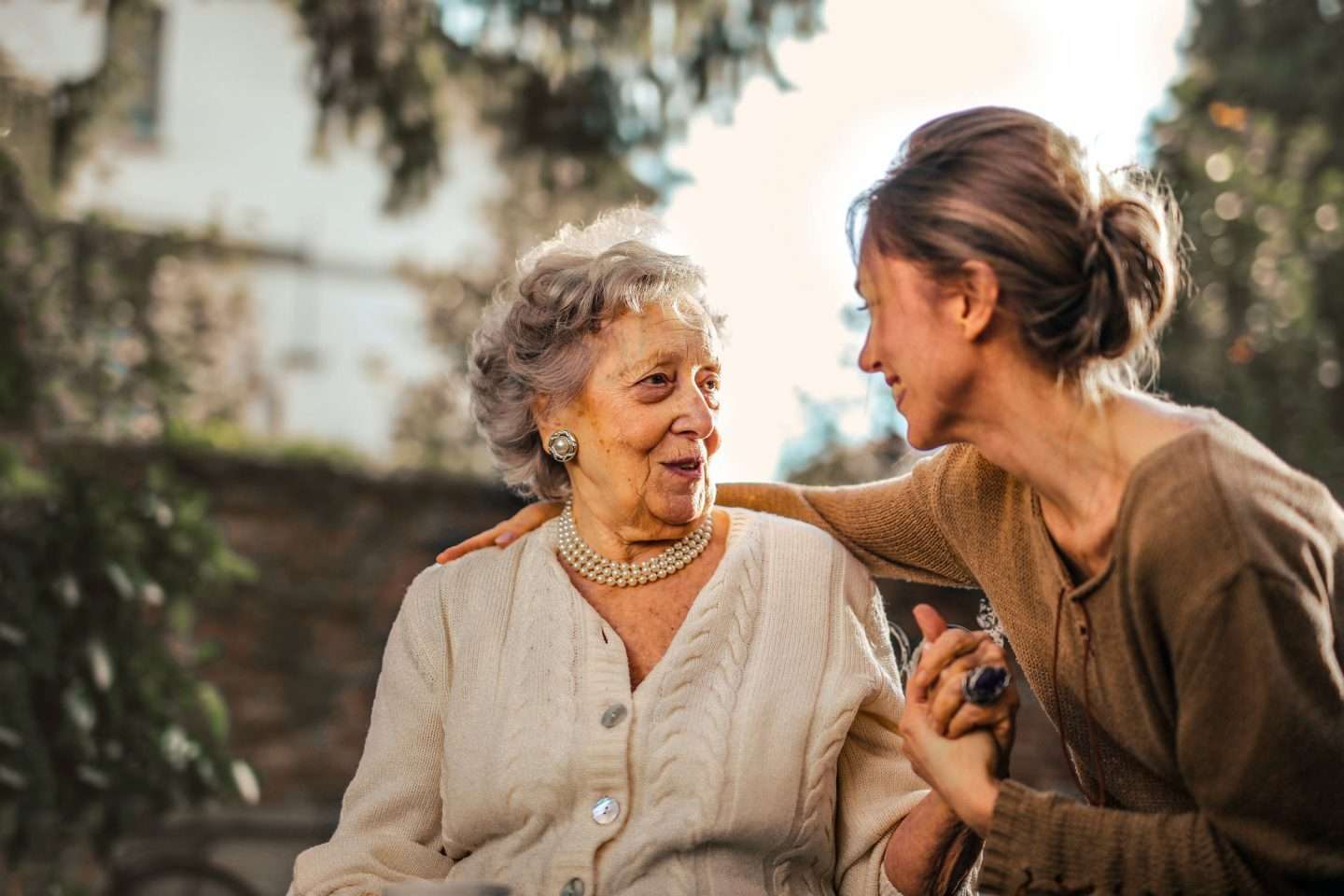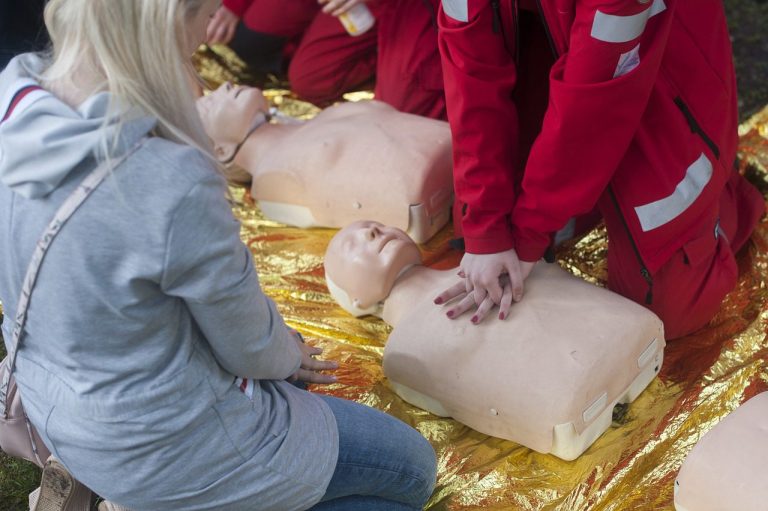How to prevent falls with simple safety measures
Falls can cause fatal and non-fatal injuries for the elderly. According to research, one in three adults aged 65 and over falls each year. But falling is not an inevitable part of aging. There are many ways to prevent falls and these tips will help keep your patients safe and secure.

Types of Patient Safety Equipment
Services such as Security and mobility provide a variety of products that can help patients stay mobile and independent while reducing the risk of falls.
There are many safety measures available and the best one for a particular patient will depend on their individual needs. Some standard security features include:
- handrails can help prevent falls by providing support and stability when getting in and out of the shower or bath or when using the toilet. They can be installed near toilets, showers, bathtubs and stairs. They should be placed at a comfortable height for you and should be securely attached to the wall.
- Raised toilet seats: The seat can help prevent falls, making getting in and out easier. Elevated toilet seats also help those who have mobility issues or find it difficult to bend over.
- Shower chairs: Using shower chair can help prevent falling in the shower. The bathroom is one of the most common places where falls happen. A shower chair can provide stability and support, and reduce the risk of falling.
- Non-slip mats: They are designed to provide grip and prevent slipping, making them ideal for use in places where there is a risk of falling.
Using these remedies can help patients stay safe. However, it is important to consult with a physician to determine which safety remedy is best for each patient.
Tips and tricks to avoid falling
There are several things patients and their caregivers can do to help prevent falls. This includes:
- Ensuring the safety of the patient’s environment and the absence of dangers with which he can stumble. Remove things like rugs or electrical cords that you can trip over and fall on. Add bright lighting throughout your home, especially where you walk at night.
- Make sure patients are wearing appropriate footwear. Avoid high heels, open-toed shoes, and slippery shoes. Wear boots with good grip when you go outside in winter.
- Exercise regularly. Exercise can help improve a patient’s strength and balance, which can help reduce the risk of falling.
- Watch the patient’s eyes. Vision problems can increase your risk of falling, so it’s important to have your eyes checked regularly.
- Patients at high risk of falling may benefit from a fall prevention program that includes physical therapy, home safety assessment, and medication management.
Conclusion
Falls are common, but there are many things you can do to prevent them. Patients can stay safe and avoid falls by using safety equipment and following some simple tips. Many safety features can help prevent falls, such as bed rails, floor mats, and alarm systems. These devices can make a big difference in patient safety. Thus, this equipment can give patients the confidence and stability they need to move around safely.







